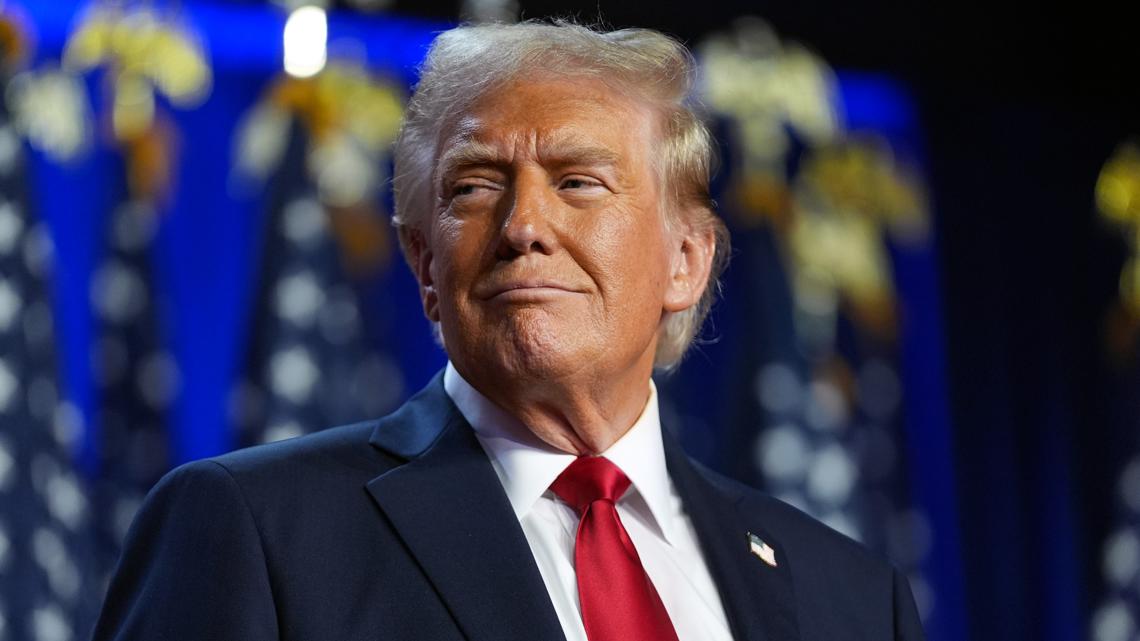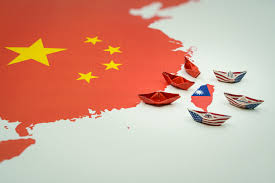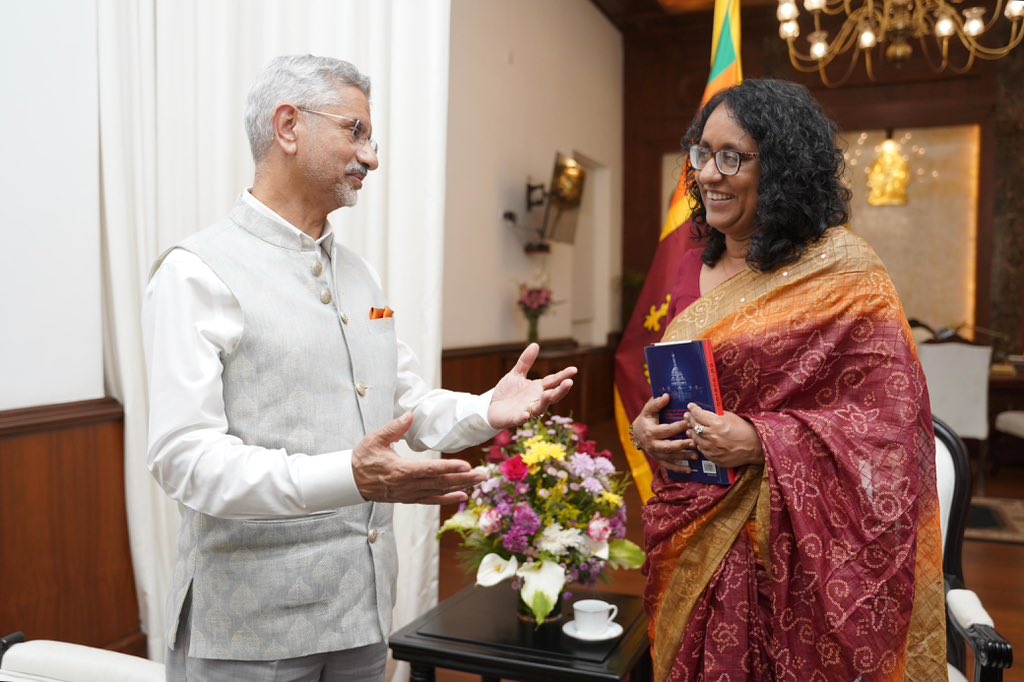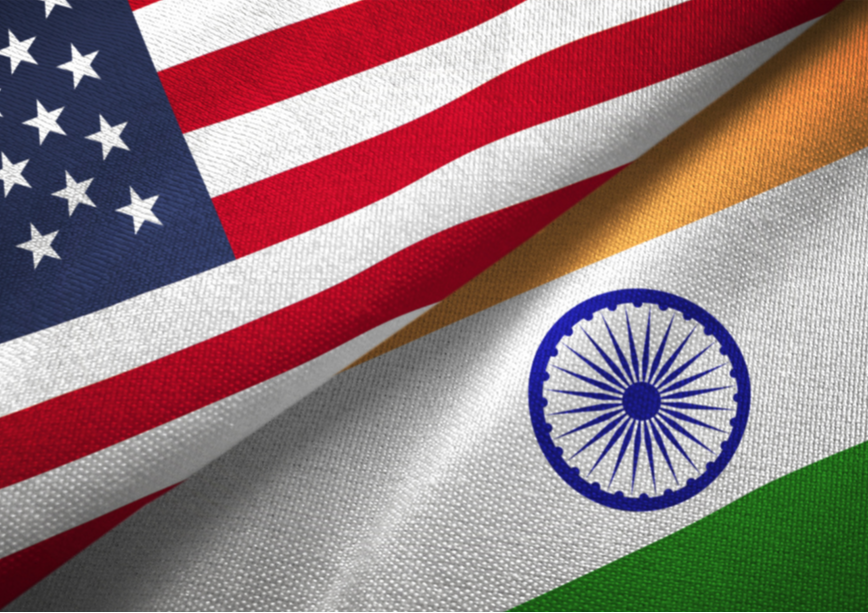Trump excludes India from initial tariff plans; targets China, Mexico and Canada

NEW DELHI: US President-elect Donald Trump, set to take charge of the White House on January 20, has announced plans to impose tariffs on China, Mexico, and Canada, indicating that his administration will continue to use tariffs to bring manufacturing jobs back to the country and as leverage for trade negotiations. However, India is not included in Trump’s initial tariff plans.
In a social media post, Trump stated that immediately after taking office, he would sign an executive order imposing a 25 percent tariff on all goods from Mexico and Canada, and an additional 10 percent tariff on Chinese imports until the Chinese government curbs the smuggling of synthetic opioid fentanyl.
Notably, Mexico, China, and Canada are the three US trading partners most exposed to potential policy changes under Trump’s leadership, according to the Economist Intelligence Unit (EIU), which ranks countries based on their bilateral trade balance with the US. The EIU places India 8th on its list of 10 such countries.
“I have had many talks with China about the massive amounts of drugs, in particular fentanyl, being sent into the United States – but to no avail. Representatives of China told me they would enforce their maximum penalty, including the death sentence, for any drug dealers caught doing this, but unfortunately, they never followed through. As a result, drugs are pouring into our country, mostly through Mexico, at levels never seen before. Until they stop, we will charge China an additional 10% tariff, on top of any existing tariffs, on all of their products entering the United States,” Trump said on Tuesday.
“On 20 January, as one of my first executive orders, I will sign all necessary documents to impose a 25% tariff on all products coming into the United States from Mexico and Canada, along with addressing its ridiculous open borders. This tariff will remain in place until drugs, particularly fentanyl, and illegal immigrants stop invading our country,” he added.
During his campaign, however, Trump labelled India a “very big [trade] abuser,” suggesting he might renew trade tensions from his first term by imposing higher tariffs on over $75 billion worth of Indian exports to the US.
In 2019, India lost duty-free access under the Generalised System of Preferences (GSP) programme, of which it was the largest beneficiary. The programme had allowed tariff-free exports worth approximately $5.7 billion to the US.
According to Bernstein Research, a Trump presidency would adversely impact China, but the benefits for India could be “limited,” as it may face renewed tariff pressures. The “China-plus-one” strategy could gain momentum. Still, the inflation caused by trade barriers might disrupt the anticipated interest rate cuts, affecting middle-class consumption in India, the research note highlighted.










